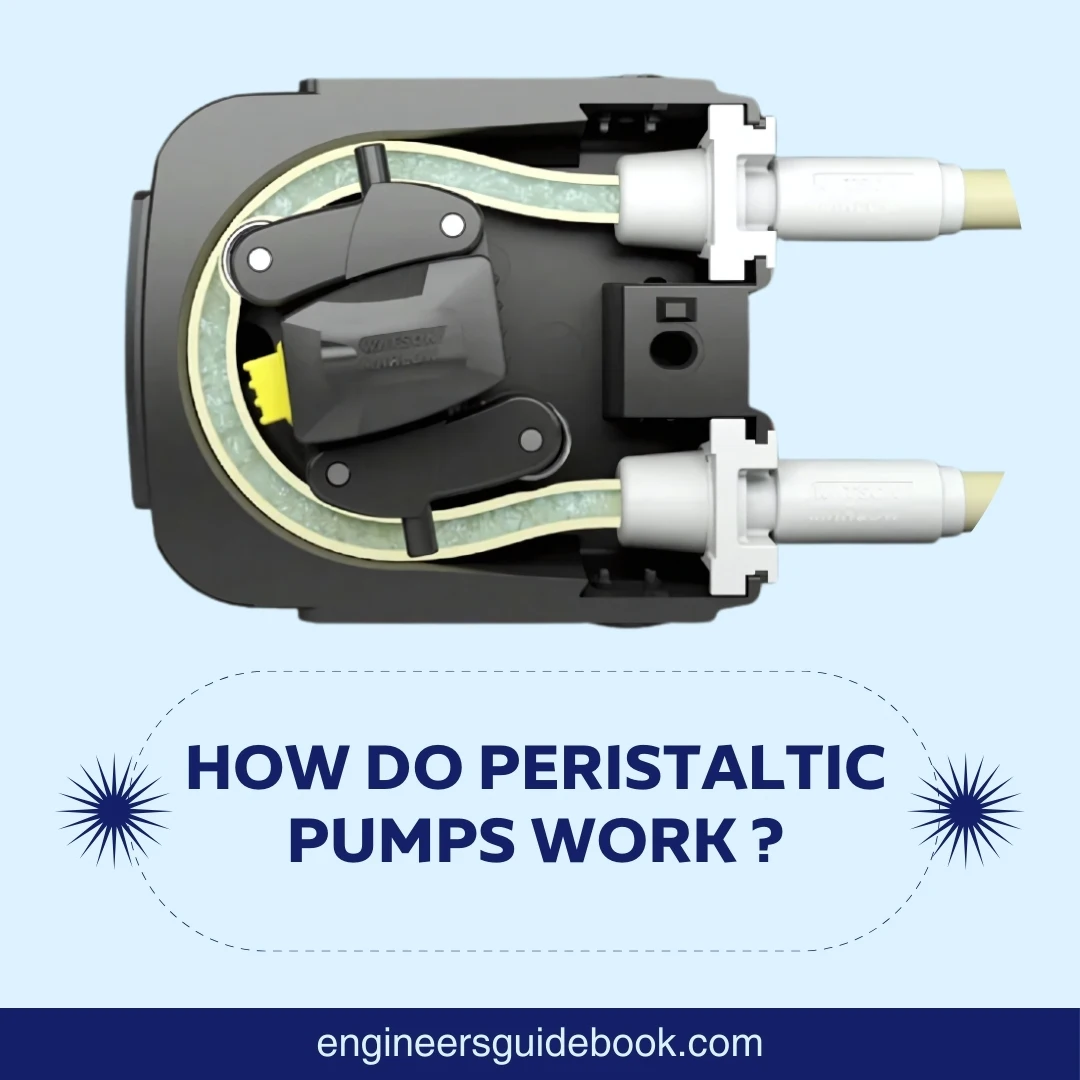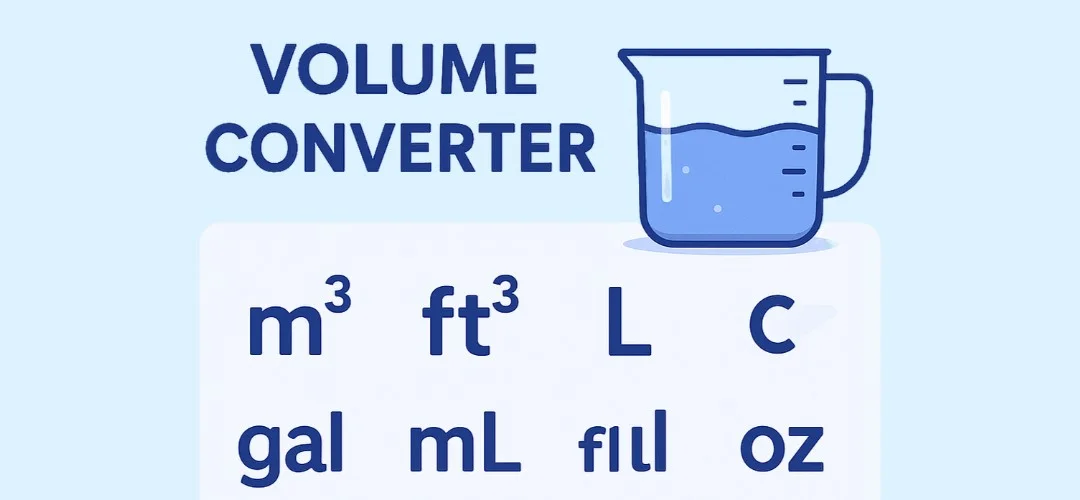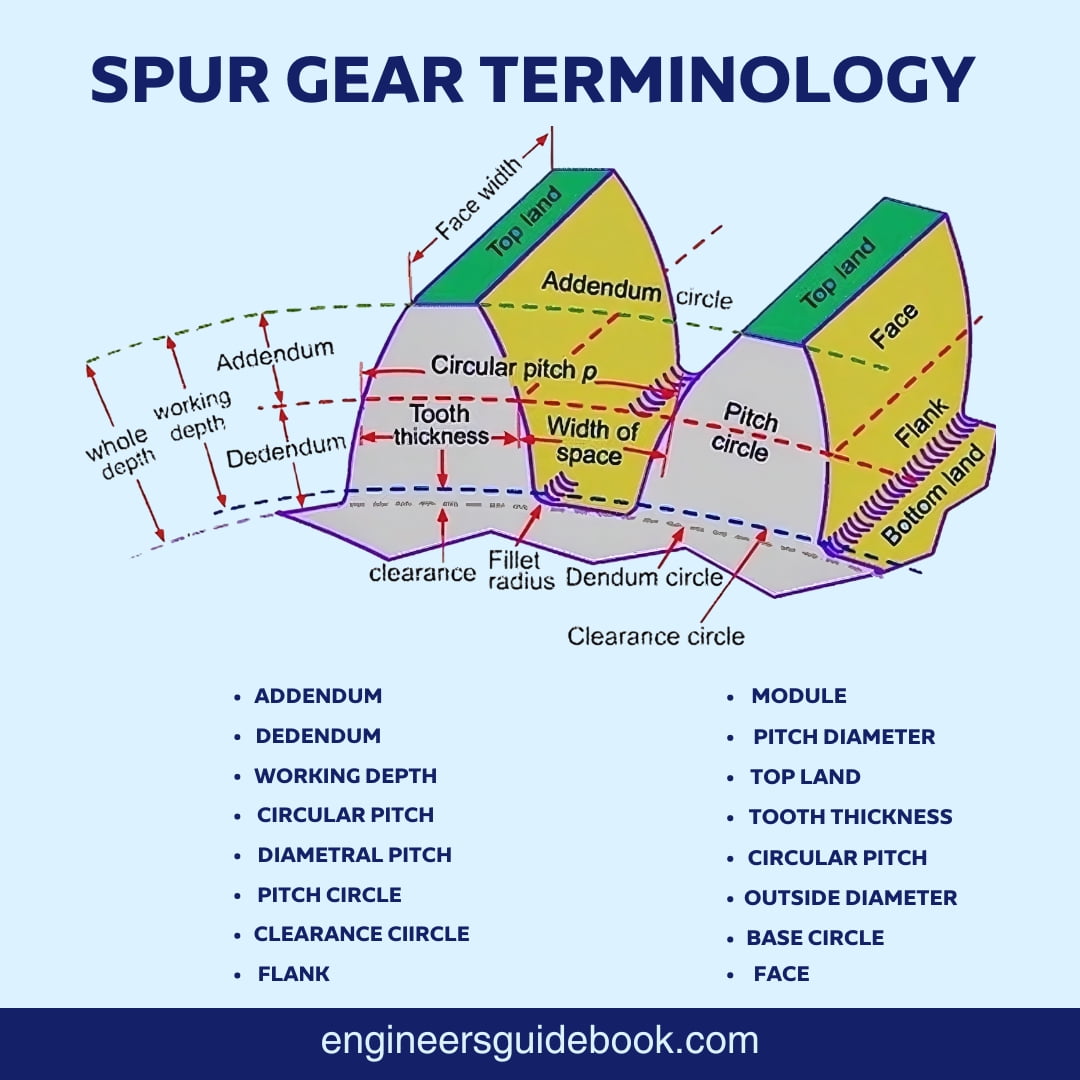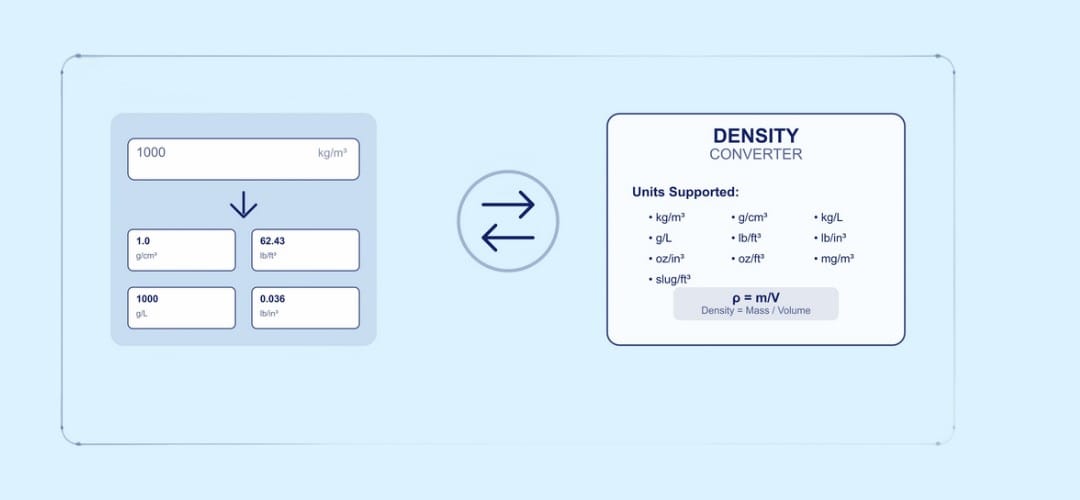1. Introduction to Vacuum Circuit Breakers
Electrical power systems require robust mechanisms to control, regulate, and protect circuits from faults. Circuit breakers serve as essential protective devices that interrupt electrical flow in case of overloads, short circuits, or other anomalies. By isolating faulty sections of a power system, they prevent catastrophic failures, enhance equipment longevity, and ensure personnel safety. Traditional circuit breakers use different interruption mediums, such as oil, air, or gas, to extinguish electrical arcs generated during switching operations.
1.1 What is a Vacuum Circuit Breaker?
A Vacuum Circuit Breaker (VCB) is a type of circuit breaker that employs a vacuum as the dielectric medium for arc extinction. The vacuum environment provides superior insulation properties, ensuring effective quenching of electrical arcs when the contacts separate.
Unlike traditional breakers that rely on oil or SF6 gas, VCBs are highly efficient, require minimal maintenance, and offer an extended operational lifespan, making them a preferred choice for medium and high-voltage applications.
1.2 Evolution and Development of Vacuum Interruption Technology
The development of vacuum-based arc interruption technology dates back to the mid-20th century. Initial designs faced limitations due to inadequate vacuum-sealing techniques and material inefficiencies.
However, with advancements in metallurgy, ceramic vacuum chambers, and contact material engineering, modern VCBs have become highly reliable.
Over the decades, continuous innovations in vacuum interrupters have improved dielectric strength, arc-quenching capabilities, and overall system performance.
1.4 Why Are Vacuum Circuit Breakers Preferred?
Vacuum circuit breakers are favored for their exceptional arc-quenching ability, low maintenance requirements, and eco-friendly nature. Unlike SF6 circuit breakers, which use greenhouse gases, VCBs are environmentally benign. Their compact design makes them ideal for installations where space constraints exist. Additionally, their ability to handle high-frequency transient phenomena and withstand voltage fluctuations makes them a reliable choice for modern power distribution networks.

2. Working Principle of Vacuum Circuit Breakers
2.1 The Role of Vacuum in Arc Interruption
Vacuum serves as an excellent dielectric medium, preventing the formation of conductive plasma during contact separation. When the circuit breaker operates, the contacts pull apart, and the arc that forms is quickly extinguished due to the absence of ionizable particles. The lack of oxygen and other gases in the vacuum prevents arc re-ignition, ensuring a swift and efficient breaking mechanism.
2.2 How Contact Separation Occurs in a VCB
When an electrical circuit is interrupted, the moving contact in a VCB retracts from the stationary contact. Due to the rapid movement and high dielectric strength of the vacuum, the arc formed collapses within a few microseconds. The arc energy dissipates as it encounters resistance within the vacuum chamber, resulting in nearly instantaneous arc extinction.
2.3 Arc Formation and Extinction Process
During contact separation, a transient arc is inevitable due to the flow of current. However, in a vacuum, the arc consists primarily of metal vapor rather than ionized gases, reducing its persistence. The arc exists only until the current reaches a natural zero crossing. At this point, the lack of ionization in the vacuum medium prevents re-ignition, leading to a clean and complete circuit break.
2.4 Differences Between VCBs and Other Circuit Breakers
Compared to oil and SF6 circuit breakers, VCBs offer superior performance in terms of reliability, longevity, and environmental impact. Unlike oil circuit breakers, which require frequent oil replacement and pose fire hazards, VCBs are maintenance-free and non-flammable. Unlike SF6 circuit breakers, which use environmentally harmful gases, VCBs employ a vacuum medium, making them a sustainable alternative.
3. Key Components and Design Features
3.1 Vacuum Interrupter: The Core of the VCB
The vacuum interrupter is the central component responsible for arc extinction. It consists of a hermetically sealed chamber that houses the moving and stationary contacts. The integrity of the vacuum-sealed enclosure ensures consistent performance and high dielectric strength throughout its lifespan.
3.2 Contact Material and Its Significance
The choice of contact material in a VCB plays a critical role in determining its efficiency and longevity. Common materials include copper-bismuth, copper-chromium, and silver-based alloys. These materials exhibit high thermal conductivity, low erosion rates, and excellent arc-resistant properties, ensuring minimal contact wear over time.
3.3 Operating Mechanism: Spring vs. Magnetic Actuation
VCBs employ either spring-operated or magnetic actuation mechanisms to control contact movement. Spring mechanisms utilize stored mechanical energy for rapid contact separation, while magnetic actuators rely on electromagnetic force for precise operation. Magnetic actuators offer smoother motion control and reduced mechanical wear, making them suitable for high-speed applications.
3.4 Insulation and Enclosure Materials
To enhance dielectric performance, VCBs incorporate high-strength ceramic or composite insulation materials within their vacuum interrupters. The outer casing may be made of metal-clad or epoxy resin, ensuring robustness against external environmental factors such as dust, moisture, and mechanical stress.
3.5 Auxiliary Components for Enhanced Performance
VCBs often integrate auxiliary components such as bimetallic strips for temperature compensation, pressure sensors for vacuum integrity monitoring, and electronic trip units for advanced fault detection. These elements enhance overall performance, making VCBs highly reliable in critical applications.

4. Types of Vacuum Circuit Breakers
4.1 Medium Voltage VCBs
Medium voltage VCBs are widely used in industrial facilities, commercial buildings, and distribution substations. They operate within voltage ranges of 1 kV to 36 kV and are designed to handle frequent switching operations with minimal maintenance requirements.
4.2 High Voltage VCBs
High voltage VCBs are employed in power transmission systems and large-scale industrial setups. They can handle voltages above 36 kV and provide superior insulation, making them ideal for high-power applications.
4.3 Indoor vs. Outdoor Vacuum Circuit Breakers
Indoor VCBs are typically enclosed within metal-clad switchgear panels for safe indoor use, whereas outdoor VCBs feature weather-resistant enclosures to withstand harsh environmental conditions. Both types offer reliable performance, but their selection depends on site-specific requirements.
4.4 Fixed and Withdrawable VCBs: Pros and Cons
Fixed VCBs are permanently mounted and offer higher mechanical stability, while withdrawable VCBs allow easy maintenance and replacement. Withdrawable designs provide flexibility but require additional space for operation.

5. Advantages and Limitations of Vacuum Circuit Breakers
5.1 High Dielectric Strength and Arc Quenching Capability
Vacuum exhibits an exceptional ability to withstand high voltage without ionization, ensuring superior arc-extinguishing performance compared to other mediums.
5.2 Minimal Maintenance and Longer Service Life
Unlike oil and SF6 breakers, VCBs require minimal servicing due to their sealed design, resulting in lower operational costs and extended service life.
5.3 Environmental Benefits
With growing environmental concerns, VCBs stand out as an eco-friendly alternative by eliminating the need for SF6 gas, which has a high global warming potential.
5.4 Compact Design and Space Efficiency
VCBs occupy significantly less space than air-insulated circuit breakers, making them ideal for compact installations where space optimization is crucial.
5.5 Limitations
Despite their advantages, VCBs may have higher initial costs and size limitations for extremely high-voltage applications. Additionally, their effectiveness diminishes at voltages beyond 145 kV, necessitating alternative solutions for ultra-high voltage networks.
6. Applications and Industries Using Vacuum Circuit Breakers
6.1 Power Generation and Transmission Systems
Vacuum circuit breakers (VCBs) play a crucial role in power generation and transmission networks, ensuring the reliable and efficient distribution of electricity. They protect power stations, transformers, and grid substations from electrical faults by interrupting abnormal currents before they can cause catastrophic damage.
6.2 Industrial and Commercial Electrical Installations
Industries and commercial facilities depend on uninterrupted power to maintain productivity and operational efficiency. VCBs are commonly employed in factories, data centers, manufacturing plants, and office complexes to safeguard electrical infrastructure from short circuits, overloads, and faults.
6.3 Railways and Transportation Networks
Railway electrification systems rely on VCBs to manage traction power and protect substations, signaling equipment, and rolling stock from electrical disturbances. The high-speed arc extinguishing capability of VCBs ensures minimal power interruptions, which is essential for maintaining consistent train operations.
6.4 Renewable Energy and Smart Grid Integration
With the growing adoption of renewable energy sources such as wind, solar, and hydroelectric power, VCBs have become a key component in modern energy infrastructure. They ensure the seamless integration of renewable energy sources into the power grid by preventing overcurrent faults and protecting transformers, inverters, and energy storage systems.
6.5 Oil, Gas, and Petrochemical Industries
The hazardous environments of oil refineries, gas processing plants, and petrochemical industries demand reliable and explosion-proof electrical protection systems. VCBs provide a safe and efficient means of circuit interruption in these high-risk areas, reducing the likelihood of electrical fires and equipment damage.
7. Installation, Maintenance, and Safety Guidelines
7.1 Proper Installation Procedures for Optimal Performance
Proper installation is critical to ensuring the long-term performance of vacuum circuit breakers. Engineers must follow manufacturer guidelines and adhere to industry standards when installing VCBs in electrical panels or substations. Key installation steps include securing the breaker within its housing, correctly aligning the contacts, ensuring proper grounding, and testing insulation resistance.
7.2 Routine Inspection and Preventive Maintenance Checklist
Although VCBs require minimal maintenance, periodic inspections are essential to identify potential issues before they escalate. A comprehensive maintenance checklist should include:
- Visual inspection of the vacuum interrupter for signs of wear or contamination
- Measurement of contact resistance to ensure minimal power loss
- Checking insulation integrity using dielectric strength tests
- Verification of operating mechanism function, including spring and magnetic actuators
- Lubrication of moving parts to prevent mechanical failure Regular preventive maintenance enhances the reliability of VCBs and extends their service life.
7.3 Common Faults and Troubleshooting Methods
Common faults in vacuum circuit breakers include:
- Loss of Vacuum Integrity: If the vacuum interrupter loses its seal, arc extinction becomes ineffective. Leakage tests and pressure monitoring can help detect this issue.
- Contact Erosion: Frequent switching operations may cause contact degradation, necessitating periodic resistance measurements.
- Mechanical Failures: Faulty springs, actuators, or misalignments can prevent proper breaker operation and should be promptly addressed.
- Electrical Coil Failures: Malfunctions in trip or closing coils can lead to unreliable operation, requiring coil resistance and insulation testing. Timely troubleshooting and repairs ensure continuous protection and minimize downtime.
7.4 Safety Protocols for Handling and Operating VCBs
Safety is paramount when handling VCBs, as they operate under high voltages. Best practices include:
- Ensuring the breaker is de-energized before maintenance
- Using insulated tools and protective gear when working on VCBs
- Following lockout/tagout (LOTO) procedures to prevent accidental re-energization
- Keeping a safe distance from live components during operation
- Conducting training programs for personnel to enhance safety awareness Adherence to safety protocols reduces the risk of electrical hazards and enhances workplace security.
8. Future Trends and Innovations in Vacuum Circuit Breakers
8.1 Advancements in Contact Materials and Arc Control
Research is continuously improving the efficiency of VCBs through the development of advanced contact materials. New alloys and composite materials enhance conductivity, reduce contact erosion, and improve arc extinction performance.
Innovations in arc control technology, such as magnetic field-assisted arc quenching, further enhance the breaker’s capability to handle high fault currents.
8.2 Smart VCBs with IoT and Digital Monitoring Systems
The integration of Internet of Things (IoT) technology in VCBs is revolutionizing electrical grid management. Smart VCBs are equipped with sensors that provide real-time data on breaker status, contact wear, and operational efficiency.
These digital monitoring systems enable predictive maintenance, reducing downtime and optimizing asset management. Cloud-based analytics further enhance decision-making for grid operators.
8.3 The Role of VCBs in Sustainable and Green Energy Systems
As the global focus shifts toward sustainability, VCBs are playing a pivotal role in green energy applications. Unlike SF6 gas-insulated breakers, VCBs do not release harmful greenhouse gases, making them an environmentally friendly alternative.
Their ability to integrate seamlessly with renewable energy sources promotes the transition to cleaner and more sustainable power distribution systems.
8.4 Emerging Standards and Regulations Impacting VCB Technology
Governments and regulatory bodies are imposing stricter standards for electrical safety and environmental compliance. New regulations aim to phase out harmful insulation gases and promote the adoption of vacuum-based switching technologies.
Compliance with these evolving standards ensures the continued development and widespread adoption of VCBs in diverse industries.
9. Conclusion
Vacuum circuit breakers offer superior arc-quenching capabilities, minimal maintenance, and high reliability, making them a preferred choice in modern power systems. Their applications span various industries, from power generation to industrial manufacturing and renewable energy.
With advancements in technology and increasing regulatory support, VCBs are becoming indispensable in ensuring efficient and sustainable electrical protection. Their role in future smart grids and green energy solutions will continue to expand.
Selecting the right VCB involves considering factors such as voltage requirements, operational frequency, and environmental conditions. Proper installation, routine maintenance, and adherence to safety protocols further enhance their performance and longevity.







One Response
I have read your article and it is insightfull and very informative